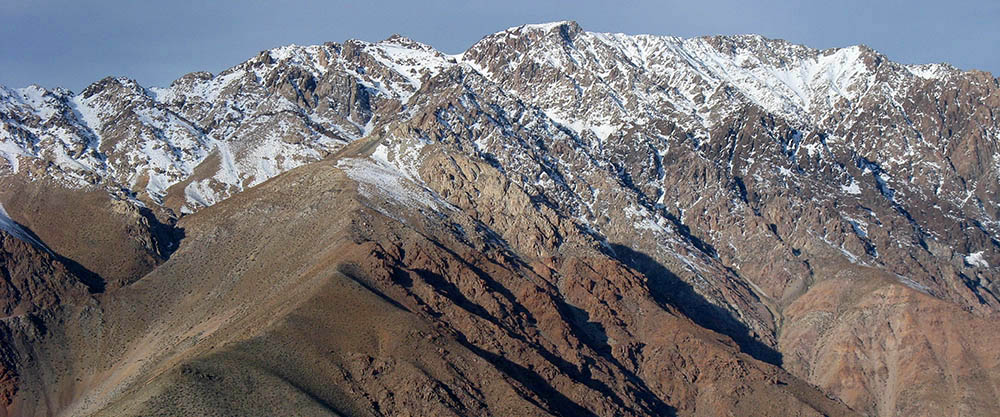 Cusco, located at an altitude of over 3,400 meters in the middle of the Andes, is one of the top destinations in South America. Its proximity to Machu Picchu is not the only reason for its fame. It is also said to be the most beautiful and varied Peruvian city. In addition, it has a historical significance that hardly any other city in the southern hemisphere can match.
Cusco, located at an altitude of over 3,400 meters in the middle of the Andes, is one of the top destinations in South America. Its proximity to Machu Picchu is not the only reason for its fame. It is also said to be the most beautiful and varied Peruvian city. In addition, it has a historical significance that hardly any other city in the southern hemisphere can match.
At the navel of the world
Founded around the 11th century, Cusco – with cobbled streets and a sophisticated water supply – was a very rich place in its heyday. Not infrequently Cusco was called the „navel of the world“. Even today, old Inca foundations of the destroyed temples on which the Spaniards built their colonial houses, as well as biblical figures with Indian facial features on church facades bear witness to the glorious past. After their invasion about 500 years ago, the Spaniards wanted to destroy the „pagan civilization of the Incas“, but failed because of some gigantic walls with stones that fit exactly together.
On the Plaza de Armas (Spanish for „place of arms“) – centre of the Inca Empire – important military and religious ceremonies were held. Particularly worth seeing is the „Catedral“ (cathedral), which was built between 1560 and 1654 on the foundation walls of the palace of the Inca Viracocha. Apart from many jewels inside the church, the 300-year-old bell in the north tower beats all records: it consists of a ton of gold, silver and bronze and can be heard 40 kilometres away. It is claimed to be the largest bell in all of South America. The Jesuit church „La Compañía de Jesús“, built between 1552 and 1668 on the foundation walls of another Inca palace, still tops the „Catedral“ in terms of wealth and beauty, which caused a church dispute in those days.
Impressive inca ruins
The most important religious place in the whole Inca Empire was the sun temple „El Templo de Coricancha“. The most glamorous building of Cusco was decorated with gilded walls and an inner courtyard with life-size gold and silver statues of trees, lamas and butterflies. Today, the „Iglesia Santo Domingo“ is located here, inside of which the sun sanctuary Coricancha was uncovered during an earthquake in 1950. Further Inca ruins were discovered in the „Callejón de Siete Culebras“ (Alley of the Seven Snakes), in which some stones bear snake ornaments – for the Incas a symbol of wisdom. In the „Calle Hatunrumiyoc“ („with the big stone“) you come across the wall of the former palace of the Inca Roca. Here the technique of seamlessly blocking huge stones was used.
Museums resurrect history
Several museums invite you to delve even deeper into the history of the city. Thus, in the „Museo Inka“, one finds some jewellery, ceramics and articles of daily use, but also mummies and skulls of the Inca times. The „Museo de Historia Regional“ (Museum of Regional History) also exhibits pre-Columbian objects and ceramics from various cultures. In the „Museo de Arte Religioso del Arzobispado“ (Museum of Religious Art of the Archbishopric), paintings from the 16th to 18th centuries from the „Escola de Cusco“ (School of Cusco) fascinate visitors: in this style, Indian and European motifs are mixed. In the painting of the Holy Communion in the Catedral, for example, Christ and his disciples eat Peruvian cheese and roasted guinea pigs.